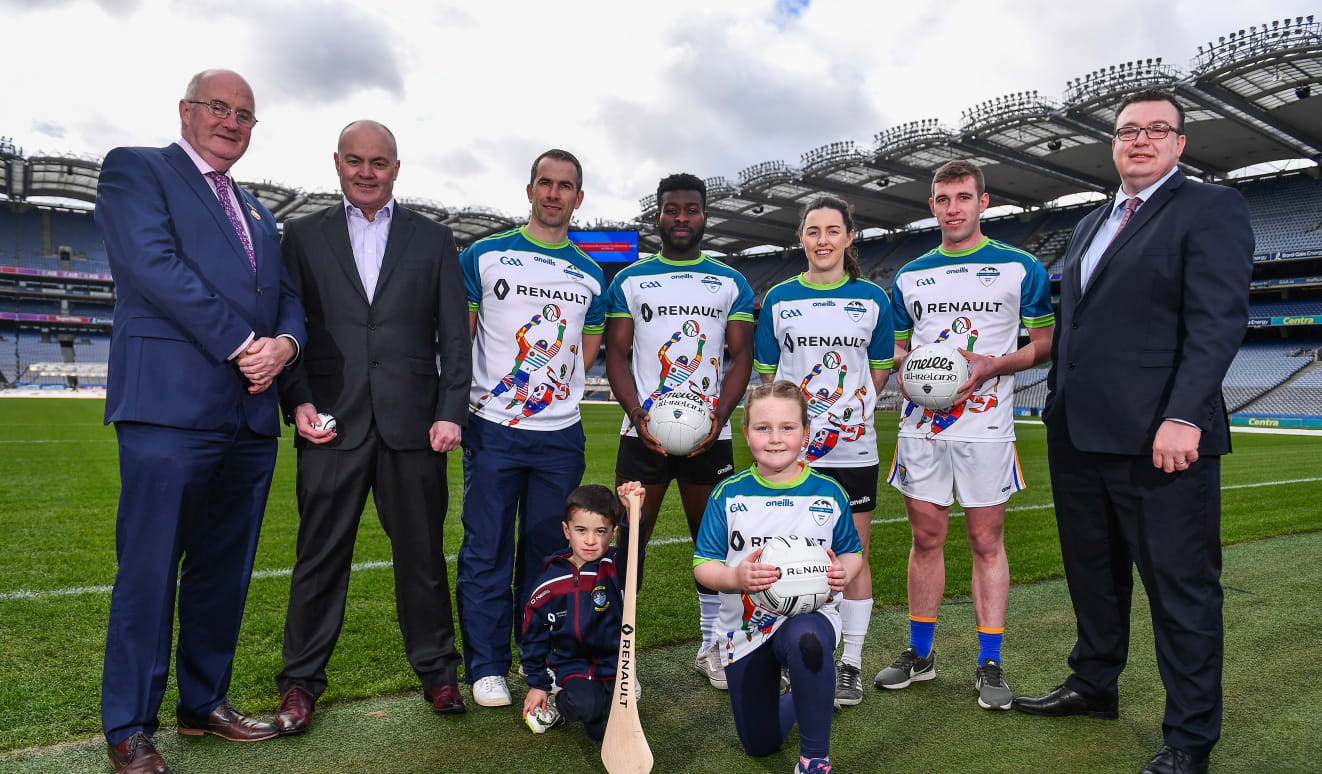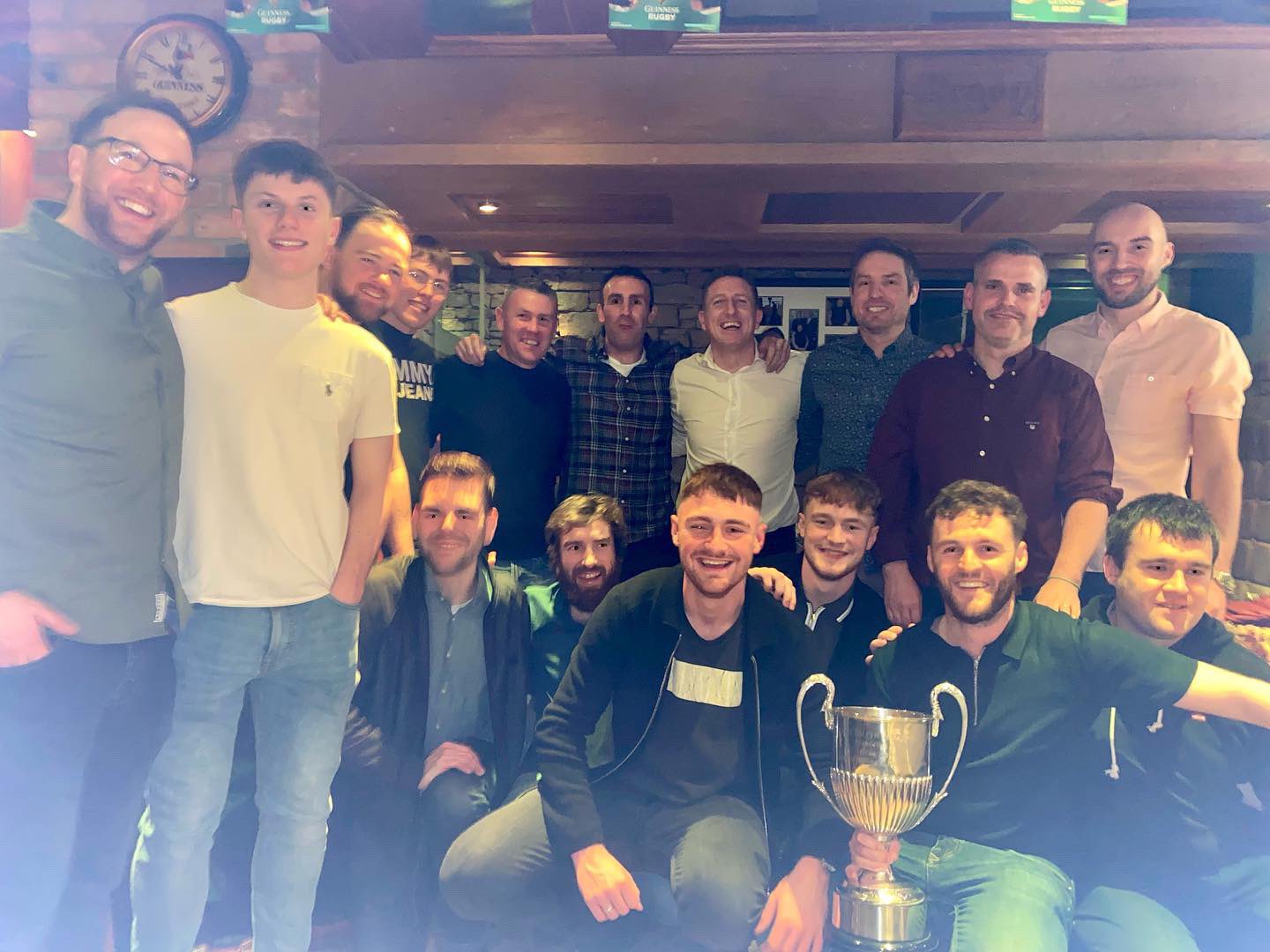A parish church, the local primary school and the GAA club are some of the most identifiable aspects of an Irish village or town.
The GAA is built on its connection to the local community. It’s where many young Irish people build some of their first out-of-family relationships.
Pride of parish and of the local GAA team is one of the strongest found in Ireland. That sense of pride is never lost. Where Irish people have gone, the GAA has gone to follow them.
According to the GAA website, there are over 400 clubs who promote the activities of Ireland’s largest sporting organisation worldwide.
There are clubs on every single continent. They range from traditional GAA strongholds abroad like England and the USA, all the way to more remote locations such as Vietnam and Bermuda.
By no means is the standard abroad on par with here at home. We won’t be seeing a Gaelic football or Hurling world championship on the level of soccer’s World Cup any time soon. There are, however, GAA World Games that last took place in 2019 in Waterford and Dublin.
The latest games saw circa 1300 players of 97 teams from 10 regions around the world come together for a celebration of the GAA and its now global reach including separate tournaments for native and non-native players of hurling, Gaelic football and camogie.

Launch for the 2019 Renault GAA World Games. Credit: GAA.ie
One thing that is common in all the teams that came over to compete in 2019 and the rest of the clubs around the world is that sense of community and belonging. Something that Conor Martin can relate to.
Conor connects with his Irish heritage through GAA. Born in London, his roots lie in Dublin where his grandmother lived in St Mitchan’s House on Greek Street before moving over to London whilst his father spent some years of his childhood in Glasnevin.
And growing up, Conor's upbringing was as Irish as it was English.
“Since my brother and I were young, the Irish influence has always been there. We both have Irish names, Cian and Conor. Growing up we had more Ireland shirts and we’ve still got loads of family both north and south.
“In normal circumstances, we go back over regularly,” he said.
A key part of that Irish influence throughout his life has been an inherited love for the GAA.
“It’s always the connection to Ireland that I feel the most. We have a lot of London-born people who play GAA,” he said.
The sense of belonging and community offered in the GAA community is at the heart of the connection.
“I think with the GAA over here and probably in America or Australia, there’s just a sense of belonging.
“The club I play for, St. Clarets, won the London Junior Championship back in September. It was our first championship at any grade for 17 years.
“The club was formed in the seventies by Irish immigrants and there are families here that go all the way back to the start of the club.
“For us London-born lads, there’s no difference between winning a championship in Dublin or here. It means the same to us,” Conor said.

Members of the victorious St. Claret's team. Credit: St. Claret's GAA.
GAA isn’t the only sporting love in his London life. He is also a staunch Queens Park Rangers fan and soccer has been a huge part of his life also.
It comes as no surprise, as soccer is of course the national sport of our English counterparts.
He has noticed an interesting trend in how people engage with GAA and soccer on different levels.
“The way that soccer has gone, a lot of people are fed up with it. They’ve fallen out of love with the Premier League.
“I know a few mates that don’t have any Irish blood at all who have taken an interest in the GAA just because they like the community aspect.
“You could be watching Dublin or Donegal on TV and have your teacher playing,” he said.
Another key difference is a specific matchday phenomenon.
If you’ve been to a soccer match, you’ll know that at the majority of them there is segregation of opposition supporters.
This is not the case at GAA matches where, from the first round of the club championship right up until the All-Ireland final, fans of both teams roam freely among each other.
Admittedly, on matchdays, areas like Hill 16 will be dominated by Dublin fans, but you will have pockets of Kerry or Mayo fans dotted amongst the sea of blue.
It is unimaginable to think of a similar situation happening with Manchester United supporters located among Liverpool fans on the Kop.
This ability to mingle and comradery embedded in the rivalry is an interesting new approach for UK fans.
“With the GAA the fact that you get to mingle with opposition fans is probably one of the best things about it. You have your rivalries obviously but there’s no reason for malice.
“The fact that it’s an amateur sport as well. For example, you could go to a Senior or Junior final, you could be sitting next to one of the player’s dads.
“People connect on a personal level more, I think soccer could learn a lot from the GAA,” he said.
Conor is a serving member of the Public Relations Committee for London GAA at an exciting time for the GAA community, and not just in London.
Former Irish international and current England international, Jack Grealish only recently donated a significant sum of money to Warwickshire GAA for them to build a county ground.

Jack Grealish playing for Ireland. Credit: Sportsfile
Grealish played both hurling and football for John Mitchel’s GAA in Birmingham when he was younger and, despite his switch from Ireland to England for soccer, still clearly holds a love for the GAA.
Closer to home for Conor, he says that London GAA is in the process of developing a centre of excellence for the city which will allow the sport to thrive even further.
Asked about his hopes for London GAA and beyond, Conor is staying level-headed.
"Our footballers won their first competitive game in 23 months on the opening day of the league to Carlow which took a few in Ireland by surprise and we followed that up with a win against Waterford at home. We’re now top of the table after beating Leitrim. No matter what happens it’s been a great season and there’s plenty of promise.
"Our hurling side looked strong last week in the win against Mayo so there’s a lot to get excited about but we’ve got to stay composed and realistic and remember it’ll be tough against everyone we face due to the fact every county in Ireland has had a lot more game time since we last played in the league.
"The Championship will be exciting too. We have Leitrim in the Connacht Quarter- final at Ruislip on Easter Sunday so hopefully, we can get something from that.
"If not the Tailteann Cup has the potential to help us develop as a side.
"On the hurling front, we’ve got some great players in there and have the ability to challenge in the Christy Ring Cup. I was at Croke Park in 2018 when we lost the final to Kildare and that really hurt. So it would be nice to see London lift a cup on the steps of the Hogan Stand.
“I can hardly say we can go and win the Connaught championship and get to an All-Ireland quarter-final. It would be nice for us to get to another Connaught final.
“We did in 2013 against Mayo. As far as I remember that was the biggest day in London GAA history.
“We had the Mayor of London come and it was on Sky Sports News.
“I think that was the year before the GAA deal on Sky. It'd be good to see the GAA expand into different communities beyond London too,” he said.

London GAA at the Connacht Final in 2013. Credit: Irish World.
You can follow Conor on Twitter and keep up with the latest in London GAA here.
If you are interested in any of our sports courses or have any questions you can book a consultation call with our expert sports advisor Jo Shaw here, email jo.shaw@portobelloinstitute.com or call 01 892 0024.



.png?width=1200&name=Colms%20Sports%20Article%20Feature%20Images%20(8).png)

.png?width=352&name=Colms%20Sports%20Article%20Feature%20Images%20(6).png)